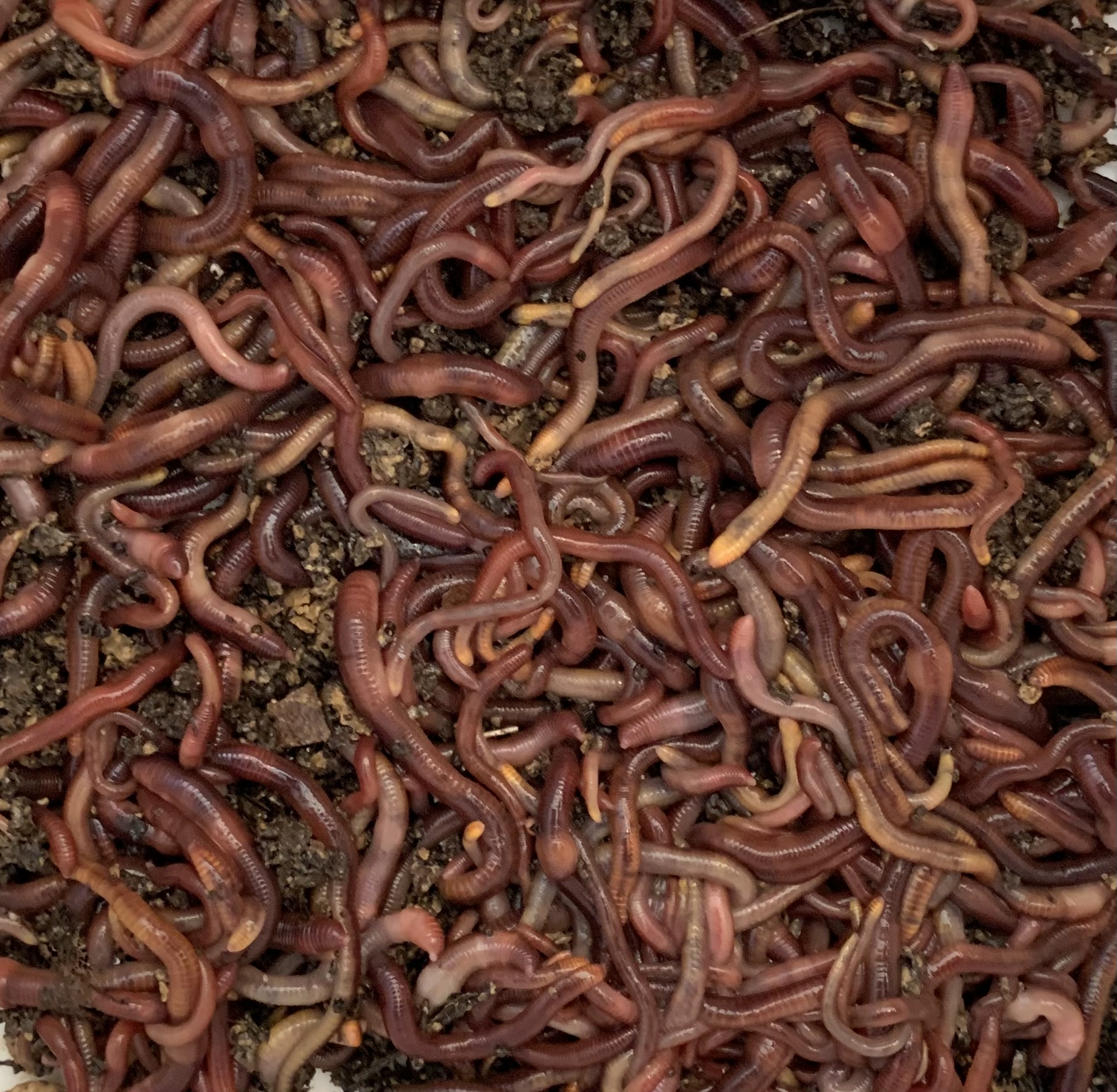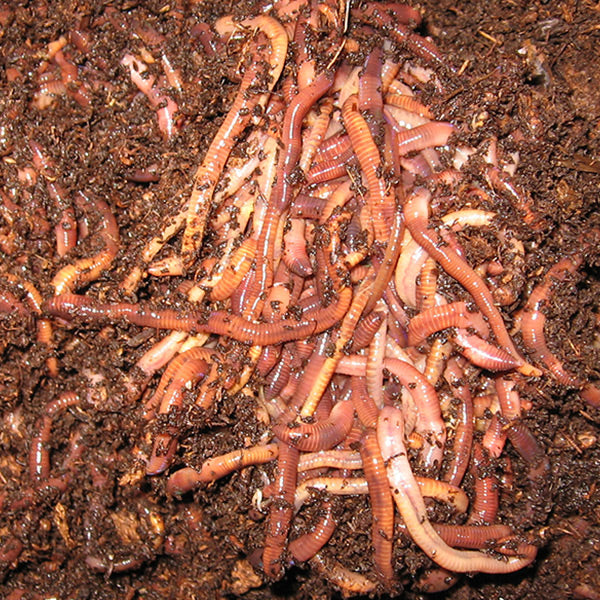Everything about Red Wiggler Express
Table of ContentsNot known Details About Red Wiggler Express Not known Factual Statements About Red Wiggler Express Red Wiggler Express for DummiesThe Best Guide To Red Wiggler ExpressNot known Facts About Red Wiggler Express
And the growing Red Worm populace? Even in the heap that was established up directly in front of backyard composters with existing Red Worm nests.
Several selections, including Red Wigglers, European Nightcrawlers, and Lumbricus types were brought over from the European continent. However below's the thingNative or not - and as gifted as they are at having the ability to make it through in a wide-range of settings and conditions -. To put it simply, they are much more most likely to hang around in any active composting systems you have established up, than they are to roam off and start wrecking the atmosphere.
Origins need oxygen for respiration and depend on smooth air movement within the soil to grow. When it rainfalls, dirt can come to be saturated with water, lowering the oxygen offered and impeding nutrition absorption. To keep an optimal balance, the soil should enable water to drain appropriately, leaving enough space for air to support root health and wellness
The Definitive Guide to Red Wiggler Express

When it involves worms for composting, what comes to mind? If you were an earthworm dog breeder, dealership, or simple gardener, then you would certainly know that red wiggler worms are the excellent worms for vermicomposting. To read more about these earth wonders, reviewed some of the red worm realities listed below.
(https://blackgreendirectory.com/gosearch.php?q=Red+Wiggler+Express&search-btn.x=21&search-btn.y=35)But if they stretch their bodies, you'll have the ability to see the stripes on their skin. When increasing worms such as red wiggler worms, you must have the ability to recognize exactly how to profit them. When you're able to keep and take care of their environment well, and additionally feed them the best kinds of natural wastes, then they'll be able to produce nutrient-packed and quality-rich worm castings for you (also called worm poop or garden compost).
Some Known Facts About Red Wiggler Express.
So, what do worms eat? Well, these red wriggler worms can be fed with cooking area scraps and yard wastes. Any worn out natural stuff will certainly do like vegetable and fruit peels, crushed egg shells, used tea bags, coffee premises, grass clippings, dry fallen leaves, and others. But ensure not to feed them foodstuffs that are oily, citrusy, or has meat or dairy in them. Worm Farms Near Me.

This actions makes them fit permanently in worm containers, compost heap, and other restricted areas where natural waste is abundant. Producing an optimum atmosphere for red wigglers calls for a thoughtful method. Take into consideration the following crucial elements to look after red wigglers in the house and guarantee their wellness: Make use of a bedding of shredded newspaper or cardboard.

Add a handful of completely dry, shredded paper if the bin ends up being too wet. Without a doubt, they do! Red wiggler worms replicate by laying little, lemon-shaped eggs in protective cocoons. These cocoons are typically transferred in the bed linens and hatch right into infant worms within a couple of weeks. The fast reproduction cycle of red wigglers is among the factors they are preferred for vermicomposting.
Everything about Red Wiggler Express
Their adaptability and resilience have actually made them a preferred option for vermicomposting in different regions around the globe. Consider protective measures for very severe temperature levels such as: Shielding the worm bin with layers of straw or leaves. Worm Farms Near Me.

When taking care of your red wigglers it is essential to bear in mind to: 1) K.I.S.S (Keep it Simple) and 2) every little thing in moderation. These guidelines use to feeding your garden compost worms, watering your worm bins, and just concerning everything else entailed in taking care of them. Just bear in mind - you can constantly add even more food later (but it's tough to eliminate feed once it's been included to a bin!).
Because I fed the red wigglers and compost worms also much, they weren't able to keep up and over time the older food went leftover and developed anaerobic conditions that eliminated the worms. Here're the 6 golden rules for exactly how frequently and just how much to feed your worms: Rule # 1: Small amounts!
Not known Facts About Red Wiggler Express
Leftover food will result in anaerobic problems that will certainly kill your live worms. It is alright to spray a little of their initial bedding (which ought to already remain in the container) over the food, yet the food must never ever be hidden and must be noticeable to your eye. Policy # 5: See regulation # 1! Regulation # 6: After the first feeding, feed the worms 1/3 to 1/2 of their weight.